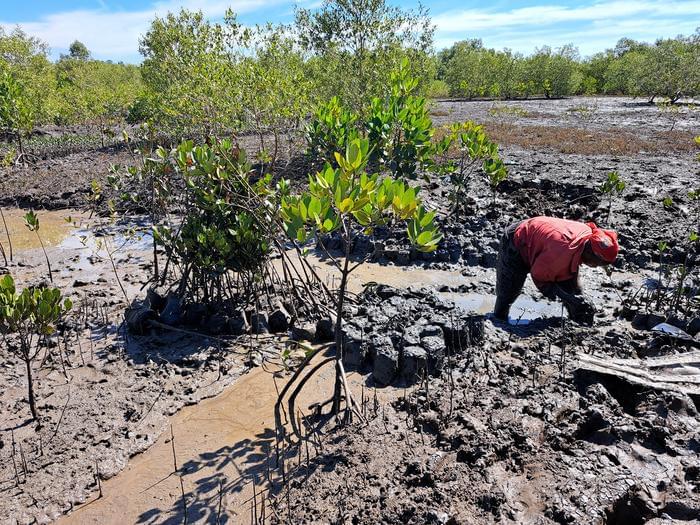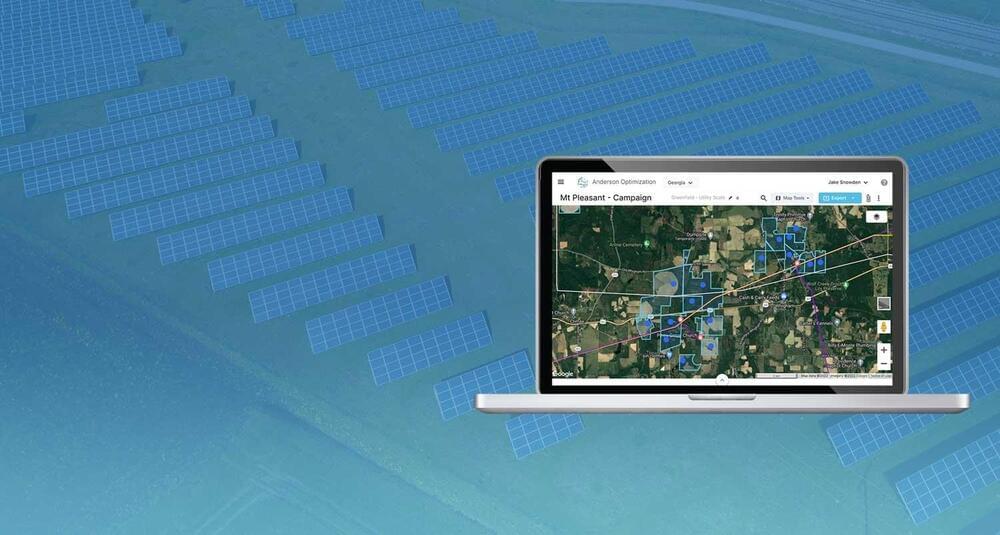Scientists are developing a process inspired by nature that efficiently recovers europium from old fluorescent lamps. The approach could lead to the long-awaited recycling of rare earth metals.
Category: sustainability – Page 112

Investigating the Origins of the Crab Nebula
A team of scientists used NASA’s James Webb Space Telescope to parse the composition of the Crab Nebula, a supernova remnant located 6,500 light-years away in the constellation Taurus. With the telescope’s MIRI (Mid-Infrared Instrument) and NIRCam (Near-Infrared Camera), the team gathered data that is helping to clarify the Crab Nebula’s history.
The Crab Nebula is the result of a core-collapse supernova from the death of a massive star. The supernova explosion itself was seen on Earth in 1,054 CE and was bright enough to view during the daytime. The much fainter remnant observed today is an expanding shell of gas and dust, and outflowing wind powered by a pulsar, a rapidly spinning and highly magnetized neutron star.
The Crab Nebula is also highly unusual. Its atypical composition and very low explosion energy previously have been explained by an electron-capture supernova — a rare type of explosion that arises from a star with a less-evolved core made of oxygen, neon, and magnesium, rather than a more typical iron core.

Neural networks made of light can make machine learning more sustainable
Scientists propose a new way of implementing a neural network with an optical system which could make machine learning more sustainable in the future. The researchers at the Max Planck Institute for the Science of Light have published their new method in Nature Physics, demonstrating a method that is much simpler than previous approaches.


Discovery of Carbon Stock in 20-Year-Old Mangrove Plantations
“Periodic and regular monitoring of mangroves can provide useful data on survival and success of restoration efforts and can help devise adaptive management strategies as and when needed,” said Dr. Rupesh Bhomia.
What is the capacity of carbon storage for planted mangroves? This is what a recent study published in Science Advances hopes to address as a team of international researchers led by the USDA Forest Service investigated the length of time that planted mangroves can store carbon, as such insights could provide steps to replenish mangrove populations throughout the world since these populations have seen a 35 percent decrease over the past 50 years. This study holds the potential to help mitigate the impacts of climate change by naturally storing carbon and keeping it from worsening climate change across the globe.
Image of mangrove nurseries in Maputo, Mozambique. (Credit: Vilma Machava, U.S. Forest Service International Programs)
For the study, the researchers used models to measure carbon storage capacity (also called carbon stock) from over a 40-year period and along with 684 planted mangroves that were 20 years old. In the end, the researchers found that the 20-year-old mangroves had carbon stocks between 71 to 73 percent compared to currently intact mangroves. Additionally, the researchers note these findings could help improve efforts for monitoring mangroves across the globe.


Synthetic Biology is in Fashion
Spider spidroin revives the silken splendor.
In their quest to make silk powerful again, not by status but rather by thread strength, scientists turned to an arachnoid. Dragline silk, the thread by which the spider hangs itself from the web, is one of the strongest fibers; its tensile strength—a measure of how much a polymer deforms when strained—is almost thrice that of silkworm silk.2
Beyond durable fashion garments, tough silk fibers are coveted in parachutes, military protective gear, and automobile safety belts, among other applications, so scientists are keen to pull on these threads. While traditional silk production relies on sericulture, arachnophobes can relax: spider farms are not a thing.

Mapping the surfaces of MXenes, atom by atom, reveals new potential for the 2D materials
In the decade since their discovery at Drexel University, the family of two-dimensional materials called MXenes has shown a great deal of promise for applications ranging from water desalination and energy storage to electromagnetic shielding and telecommunications, among others. While researchers have long speculated about the genesis of their versatility, a recent study led by Drexel and the University of California, Los Angeles, has provided the first clear look at the surface chemical structure foundational to MXenes’ capabilities.
Using advanced imaging techniques, known as scanning tunneling microscopy (STM) and scanning tunneling spectroscopy (STS), the team, which also includes researchers from California State University Northridge, and Lawrence Berkeley National Laboratory, mapped the electrochemical surface topography of the titanium carbide MXene — the most-studied and widely used member of the family.
Their findings, published in the 5th anniversary issue of the Cell Press journal Matter (“Atomic-scale investigations of Ti 3 C 2 Tx MXene surfaces”), will help to explain the range of properties exhibited by members of the MXene family and allow researchers to tailor new materials for specific applications.


Flexible nanoimprint lithography enables efficient fabrication of biomimetic microstructures
Gallium nitride (GaN)-based light-emitting diodes (LEDs) have transformed the lighting industry by replacing conventional lighting technologies with superior energy efficiency, longer operating life and greater environmental sustainability.
In recent years, considerable attention has been paid to the trend toward miniaturization of LEDs, driven by display devices, augmented reality, virtual reality, and other emerging technologies. Due to the lack of cost-effective native substrates, the presence of high threading dislocation density in heteroepitaxial films grown on sapphire substrate is a major limiting factor for device performance.
In addition, Fresnel reflections at the interface between epitaxy and substrate caused by abrupt changes in the refractive indices of the material reduce the light energy utilization.